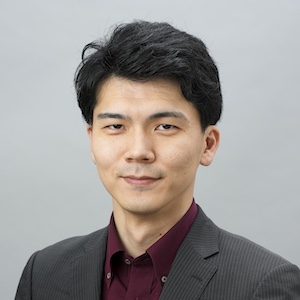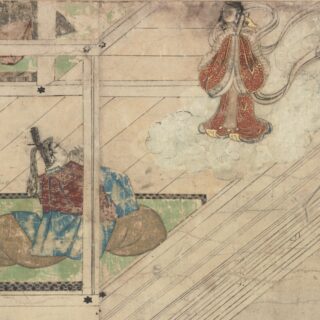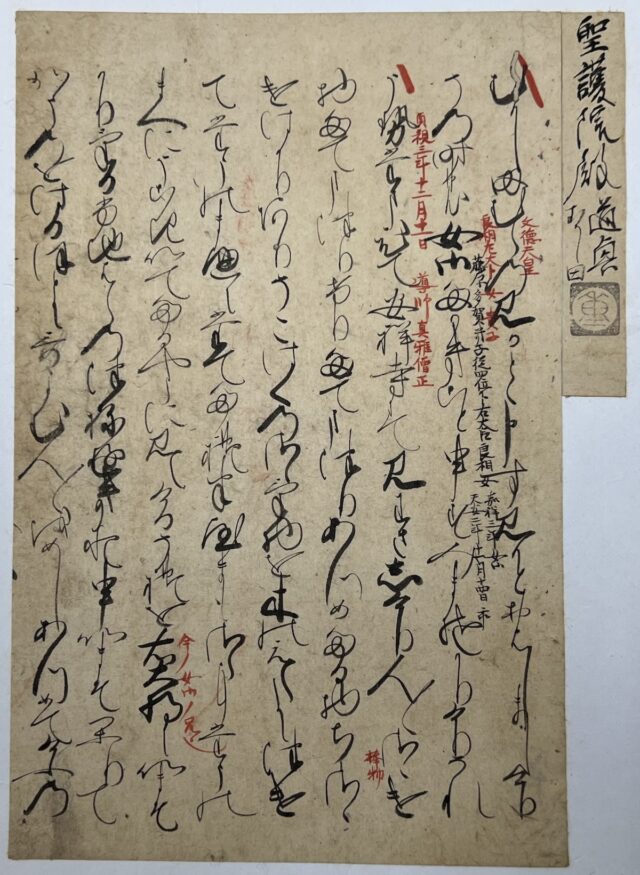Profile

- Research Subject
Study of Japanese HEIAN literature.The main theme is to read Heian literature in manuscripts, examine the text appropriately, and revise it.
- Research Fields
- Study of Japanese HEIAN literature
- Faculty - Division / Research Group / Laboratory
- Division of Humanities / Research Group of Cultural Representations / Laboratory of Pre-modern Japanese Literature and Culture
- Graduate School - Division / Department / Laboratory
- Division of Humanities / Department of Cultural Representations / Laboratory of Pre-modern Japanese Literature and Culture
- School - Course / Laboratory
- Division of Humanities and Human Sciences / Course of Linguistics and Literature / Laboratory of Pre-modern Japanese Literature and Culture
- Contact
Office/Lab: 407
Foreign exchange students who want to be research students (including Japanese residents) should apply for the designated period in accordance with the “Research Student Application Guidelines”. Even if you send an email directly to the staff, there is no reply.
Lab.letters


Tracking textual fluctuations and undertaking analysis that AI cannot match
There is no single source text for The Tale of Genji (Heian-period classic) and The Tale of Sagoromo (ca 1060). Since we have predecessors who have copied work from period to period, each version has unique variations that are characteristic of the hands of the person who copied it. The agent can change even within the same scene if there is a miscopy of just a single letter, and associated interpretations may be handed down to later generations with new differences.
AI can be used to make a simple comparison between Manuscript A and Manuscript B. However, our specialty as researchers is to confirm the lines of change, such as what kind of new interpretation has been born and how this has drifted when being passed down. We read the text with our own eyes and try to add light to its history, which can be thought as being covered in spider webs. This is a research field that is still worth discovering for those of us who live in current times.


Go back to source documents and get free of the telephone game
Quoting literature and articles in print is a common research method when you are at university, but I always convey to students in this field that I want them to go back to the source materials that lie behind printed materials. I also tell them that I place importance on an attitude of thinking for oneself using one’s own senses, rather than being content to accept the understanding and theories advocated by others. If that kind of conduct can become a habit, then they will naturally acquire the skills needed for analyzing text, such as thinking power and reading literacy.
Everyone who belongs to my laboratory is a budding researcher that is just at the start of their academic careers. Now is really the time to get out of the “telephone game” of being influenced by the statements of others. I want to witness young researchers making active progress while learning together with them.
Message
The literature of the Heian period has a wide range of variations. The reason for this is that classical literature was copied and rewritten by human hands. There would probably have been some scribes who rewrote the text of a work if they found it to be not interesting. Other scribes may have made corrections or their own additions. Others would have taken version B, which had been rewritten by person X who was not the original author, combined it with the original text they had to hand and created version C. These external factors are intertwined in a complicated dance, and the literature of the Heian period that we can read in the present day would have acquired innumerable differences through the act of being rewritten so that they could be passed down. The stories, diaries, and collections of poems that we all learn or read in junior high school, high school, or university are just one of many variations. The Tales of Ise, The Tale of Genji, The Pillow Book (Heian-period collection of writings), and Kokin Wakashu (Collection of Heian period poetry), which we all know, are no exception.
I invite you to come face-to-face with the ever-fluctuating literary works of the Heian period, freely read many documents, and enjoy together how we, the readers and researchers of the future who follow in the footsteps of our predecessors, can approach texts.


